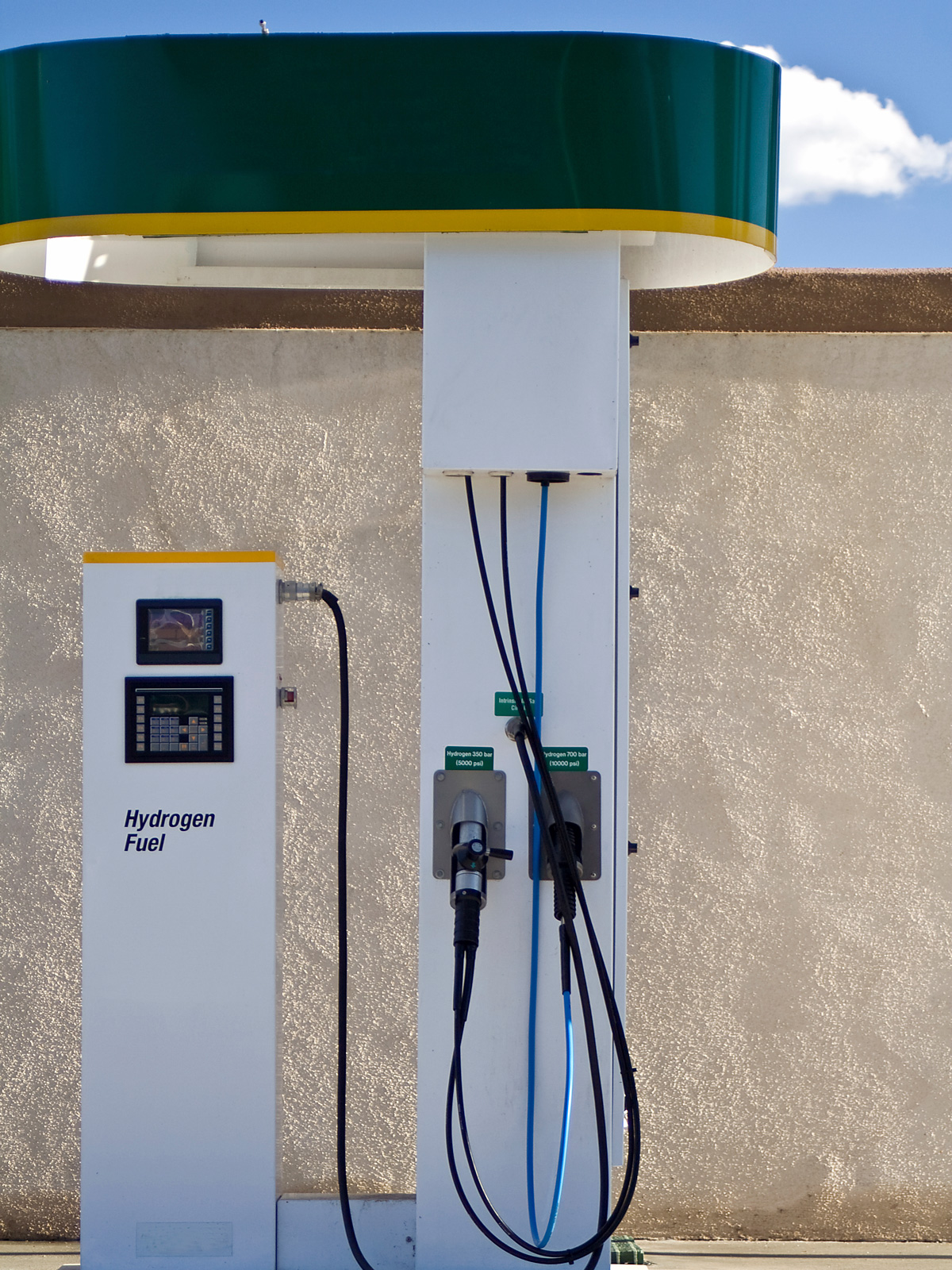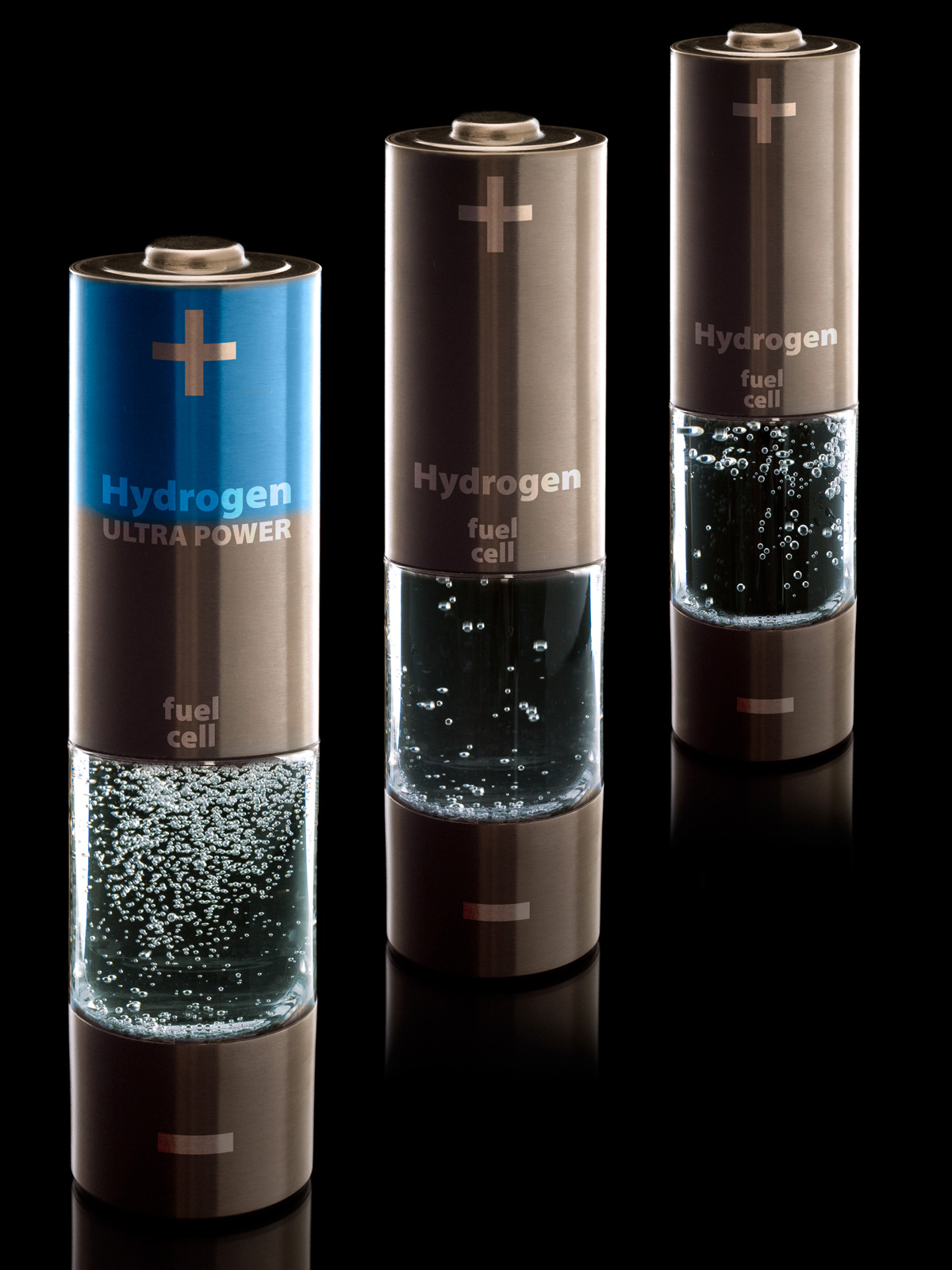Small and fleeting: navigating the hydrogen storage universe
Gaseous, liquid or material-based – hydrogen can be stored in different ways. IAV supports its customers in selecting the best option, the respective components and development up to series production maturity. In doing so, the experts always keep an eye on the legal requirements of the key markets.



Development, series production and approval from a single source
IAV is familiar with all aspects of hydrogen mobility from years of project work, including the requirements for mobile and stationary tank systems. “Precise knowledge of current tank systems is indispensable, because the right sensors, valves and heat exchangers are needed to feed the hydrogen to the fuel cell or combustion engine at the right pressure and temperature range,” clarifies Frank Siefken, Project Manager at IAV. The developers also keep a constant eye on changes in global safety and approval regulations. This enables them to help customers into the saddle quickly and without complications, so that there are no nasty surprises later on when it comes to product liability.
If a customer decides to develop their own hydrogen vehicle, the experts can be on board from the first step in the component selection process. Safety is a key issue here. The high pressure rating of 700 bar in particular, combined with the volatile gas and extreme temperatures, places considerable demands on the material and requires intensive validation. “We can design the components, ensure their compatibility with the current tank systems and develop them to the point where they are ready for series production. The topics of manufacturing and a comprehensive test procedure for the vehicle system can also be commissioned through us,” emphasizes Richard Trott, Technical Consultant for hydrogen and gas storage systems. This is a clear advantage for customers, as they can outsource the entire development process to a partner at Tier 1 level if required.
Mission to increase efficiency
Currently, engineers in the industry around the world are working at full speed to design hydrogen tanks that are even more efficient – the aim is to increase storage capacity. “For the gaseous storage systems, high-pressure tanks are currently available in standardized pressure levels of 350 bar and 700 bar. In addition, there are considerations to introduce a further pressure stage with 500 bar in the future,” reports Trott. Another solution is cryogenic storage. Storage densities could be increased by around 75 percent compared with gaseous hydrogen under 700 bar pressure.
Most recently, IAV experts have been working primarily on these cryogenic solutions. “We are registering that the market is currently heavily involved in the question of whether we will find predominantly compressed gaseous or cryogenic liquid hydrogen in vehicles in the future,” says Siefken.
«We can provide fully comprehensive advice in all areas of hydrogen storage and offer the most suitable solutions in each case.»
— Project Manager at IAV
The experts have been able to prove this many times in projects with different types of vehicles, from passenger cars to heavy commercial vehicles.
The article was published in automotion 01/2021, the automotive engineering magazine of IAV. Here you can order the automotion free of charge.
- Hydrogen & Fuel Cell
